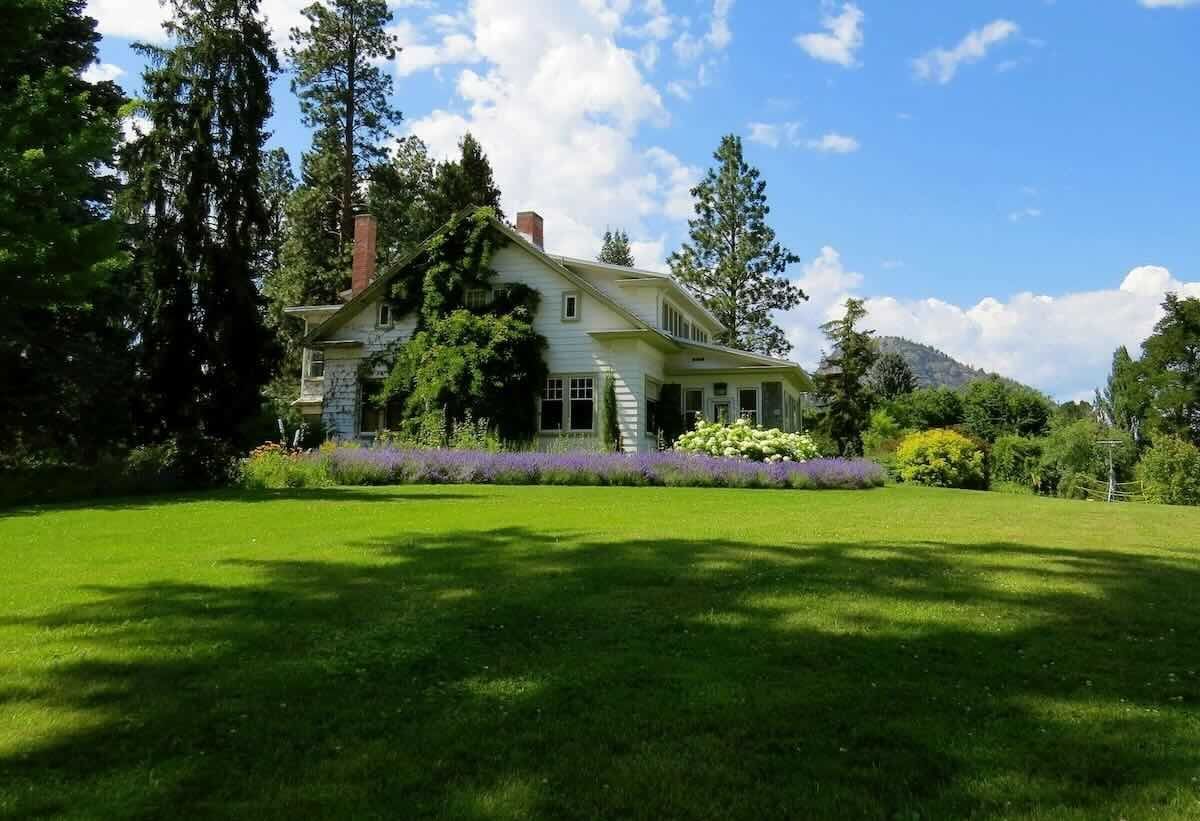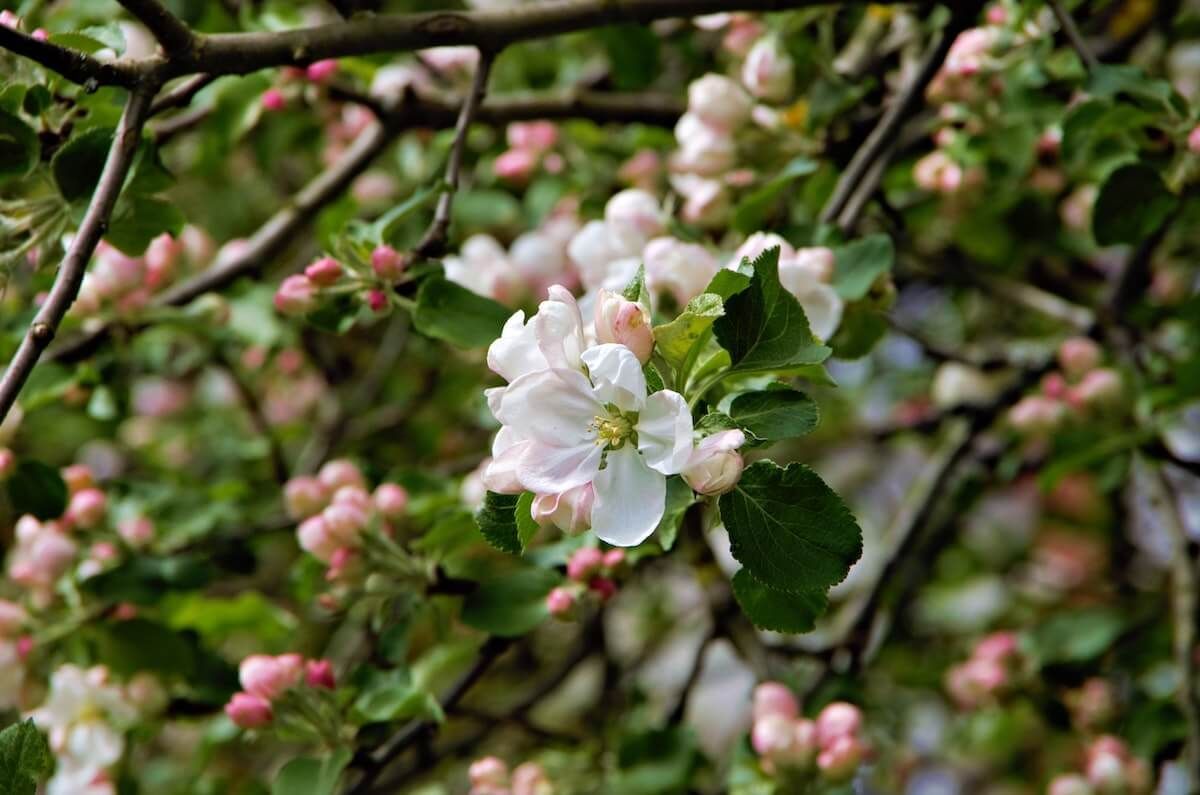Aeration and Dethatching Your Lawn

This crucial part of a healthy lawn is often overlooked. If it's below the ground, we don't think a lot about it. However, proper airflow to a lawn's roots is extremely important for the health of the lawn.
As we walk on our lawns over and over and use the heavy equipment needed to mow and fertilize, the dirt below the surface becomes compacted. This prevents the roots of the grass from getting the water and nutrients it needs to thrive.
It also makes a great place for bugs to hide, which is a problem within itself. To correct the compacted soil, it's necessary to aerate from time to time.
Lawn Aeration
Lawn Aeration is a process that perforates the soil with small holes that allow water, air, and fertilizer through to get closer to the roots.
This enables the roots to grow deeply, producing a healthier more vigorous lawn. Your lawn shows signs of stress and the need for aeration if it doesn't turn green after fertilizing, or if there is a presence of many worn areas throughout your lawn.
Lawns only need to be aerated about once a year, and some, if they are only receiving moderate maintenance, need aeration about every two years.
If your lawn has a problem with thatch (the composting grass from past mowing), it may be necessary to aerate a couple of times a year instead of once as required by most lawns.
Thatch eventually forms a layer that acts as a barrier over the soil. Using a lawn aeration device to break through the thatch is much easier and less drastic than dethatching the entire lawn.
An aeration device consists of a special tool that removes plugs from the soil. They're available in motorized or manual tools, however, unless you're aerating a small area, the manual tool is not recommended.
These can usually be rented from landscaping companies or a tool rental store at a reasonable rate. There are two types of tools that are marketed as lawn aerators.
One will simply punch holes in the soil, but will not remove plugs. This will only compact the soil around the holes and the holes will probably fill back in quickly.
It's recommended that you use the type that will actually remove the soil plugs, instead of poking holes in the soil.
An effective tool should produce holes at least three-quarters of an inch in diameter and penetrate three inches deep.
Also, the plugs should be no more than three inches apart. Aerate on a day that the ground is moist, but not soppy.
If you aerate soil that's too wet, or too dry, the aerating device will not penetrate the soil fully. The plugs that are left behind with aerating can be disposed of in a couple of ways.
The best is probably just leaving them on the surface to dry for a day, and then mowing them to provide a beneficial top layer to your lawn.
Other ways of disposing are raking them to break them up after they're fully dried, or leaving them in your lawn to break down naturally. However, leaving them can make your lawn unsightly for a couple of weeks, while the plugs are breaking down.
Lawn Dethatching
Over time, lawns accumulate thatch. Thatch is a layer of slowly decomposing grass, dead roots, and other yard debris that's picked up by your mower and tossed back onto the grass.
Thatch can accumulate even if you sweep or use a mulching mower, however, the build-up may not be as quick.
The accumulation of thatch over time prevents water and other nutrients from getting through to the roots of your lawn. Accumulation of thatch, like the compacted soil, also gives insects a great place to hide.
A light layer of thatch, one-fourth to one-half inches deep, is actually beneficial to your lawn. It protects the soil from changing temperatures and adds to the resilience of the lawn, which means when you step on it, it springs back instead of compacting the soil.
However, even too much of a good thing can be damaging. When your thatch becomes too think it acts as a thatch roof would.
It repels water and any other nutrient you try to give your lawn. A thick thatch can prevent water from ever reaching the soil, which results in the grass roots growing in the thatch, instead of the soil.
Since the water in the thatch evaporates much quicker than that in the soil, your lawn will become susceptible to drying out quicker than if the roots were planted firmly in the soil.
Some grasses produce more thatch than others. For example, lawns composed of creeping grasses will build up thatch quicker than those that are not.
Notorious thatch builders include: Bermuda grass, St. Augustine grass, and Zoysia grass. However, dethatching is not recommended for certain types of lawns, such as lawns that consist of St. Augustine grass.
Also, cool-season grasses such as Bentgrass and Kentucky Bluegrass are excessive thatch producers. If your soil is extremely acidic, then any type of grass can build thatch quicker because the microorganisms that decompose the thatch are less active.
Since the thatch keeps the ground temperatures from changing a lot, insects and diseases thrive in thatch-covered lawns.
Think about it. It's warm and moist and cannot be penetrated easily by substances used to control insects or diseases.
What better place to live if you're a grub? Another problem with thatch-filled lawns is that the mower will not be able to mow evenly. This will cause other problems such as scalping.
To prevent your thatch from getting too thick, dethatching is usually performed every other year. You can tell how much thatch has built up by using an aeration device to remove three plugs of soil.
The top layer of the plug that looks kind of like peat is your thatch. If it measures more than one-half inch, it is time to dethatch.
It's best to dethatch your lawn just before it begins growing the most vigorous for the season. For most states, this would be in the spring. If you have cool-season grasses, such as Kentucky Bluegrass, then fall is the best time to dethatch.
Helpful Article: The Best Gas Powered Lawn Mowers
How To Dethatch
For many lawns, aeration will be the most useful treatment for moderate thatch. If your thatch is heavier, however, several remedies are available for dethatching.
The most effective way to dethatch is with a vertical mower. These resemble heavy-duty power mowers, only they have a series of revolving vertical knives instead of blades.
These knives cut and pull through the thatch to bring it to the surface of the lawn. After you've brought the thatch to the surface, you then sweep or rake the lawn to remove the thatch.
Vertical mowers can usually be rented from local equipment rental companies, or you may want to hire a professional to complete the entire job for you. Go to "lawn mowing advice" for more information on how to properly cut your grass.
To dethatch effectively, you must adjust the depth and spacing of the vertical blades for the type of grass in your yard.
A lawn care professional can give you these settings. In general, the blades should completely penetrate the top half of the thatch layer.
You should move the vertical mower across the lawn in parallel rows to begin, and then mow the entire area again in a crosswise direction.
If your thatch is one inch or thicker, a third mowing at a 45-degree angle will be necessary to fully penetrate the thatch.
Once the thatch is removed from your lawn, you should fertilize and water it to penetrate the soil with the beneficial nutrients it's been lacking from the thatch.
If your yard has many layers of thatch, you may want to consult a lawn care professional before removing the thatch.
It's sometimes unwise to remove thatch if it's too thick. In this case, a mild dethatching may be necessary. This type of dethatching can be performed several times a year to slowly remove the thatch, instead of removing it all at once.
This will enable the roots to grow deeper into the soil, eliminating the potential to rip your grass up by the roots with heavy dethatching. Remember, your grassroots will eventually take hold in the thatch if the thatch is thick enough.











